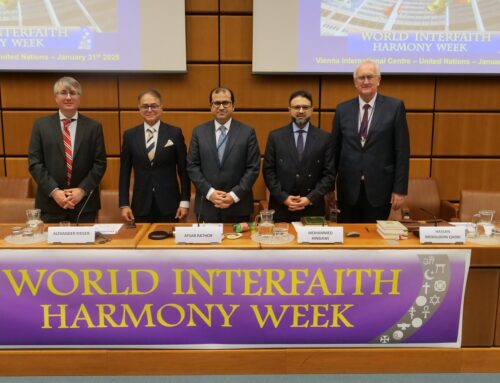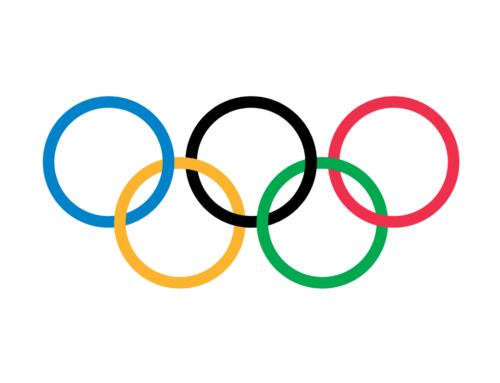[wpdm_package id=’2652′]
Following the tragic death of Mahsa Amini, who was arrested by the Iranian authorities on 13 September 2022 and died in custody, demonstrations and protests led to widespread public unrest across Iran. Despite the many conflicting reports about the number of dead and injured, however, what is undisputed is that there have been hundreds of unlawful arrests, multiple executions and numerous human rights violations. According to an article published in Guardian on 13 September 2022, women played a central role in creating dissent and protests in Iran, efficiently using social media to mobilise public opinion and rally support for an anti-Hijab movement that preceded Amini’s death and led to numerous arrests, beatings and public confessions.
According to a report published online in Arab news – last updated on 29 January 2023 – Iranian authorities had executed 55 people from the beginning of the year. Following the same article and until the beginning of December 2022, more than 500 people had been hanged since the beginning of the calendar year, against 333 in 2021, which represented a 25% increase compared to 267 people in 2020. According to an article posted in the online edition of New York Times, rape of protesters by security forces has been on-going; for example, CNN reported how a 20-year-old woman was arrested for allegedly leading protests and later taken by police to a hospital in Karaj, violently shaking, with her head shaved and her rectum bleeding. The woman is now back in prison. Human Rights Watch and Amnesty International have independently documented several cases of sexual assault. Although it is very difficult to receive accurate information regarding the situation inside the country, the news of the execution of two young men arrested in connection to the protests made headlines around the word: on 8 December 2022, the Iranian regime hanged 23-yearold Mohsen Shekari and four days later, the 23-year-old Majidreza Rahnavard. The authorities also confirmed that 12 more people arrested in connection to the on-going protests had been sentenced to death. With the latest update only on the 25th November 2022 the Women Committee of the National Council of Resistance of (NCR) gave a chilling detailed account of the female victims since the beginning of the revolution; although that did not represent the full death toll, on the official website one can find the names and photos of 647 female victims.
Protests and revolutions may be not be a novel thing in Iran, however, what makes the situation currently unique is that the revolution is led by women and supported by men. As an online article by Politico cleverly illustrates: ‘This is a spontaneous civil rights movement made up of people at their wit’s end — unable to afford basic life necessities while forced to adhere to the oppressive rules of a religious autocracy that promised to take care of its people. What’s more dangerous than a mob with nothing to lose? See: The French Revolution’. There is growing consensus among scholars and citizens that new technologies and social media have also changed the nature of protests: News now travels faster and messages are shared instantly. At the same time, human rights violations and the brutality of the regime can be registered instantly and spread around the world. Social media campaigns have enabled women to organise themselves, create communication and cooperation networks and show the world the full extent of the oppressive regime they live under. Another factor that differentiates this protest from others is that in this case Kurds, Balochi and Iranians have joined together to fight for the same cause. We are all watching the protests and arrests that are taking place in Iran and elsewhere to support the struggle of Iranian women, and we are waiting to see if they will bring any – and what kind of – changes to the lives of women in Iran. The aim of this expert meeting / hybrid conference is to give a platform to scholars from different disciplines and activists to present and debate the current situation of women’s rights in Iran, what makes this revolution different than similar unrests in the past, the role of minorities and minority women and the prospects for the future.


Bitte tragen Sie die Ziele der interreligiösen Koalition aktiv mit! Überweisen Sie einfach die Jahres-Mitgliedsgebühr von 25.- Euro auf unser Konto: Coalition of Faith-Based Organizations, Erste Bank AT86 2011 1837 2800 3201
BIC: GIBAATWWXXX. Sie unterstützen damit (ebenso durch eine freie Spende) die Friedensarbeit der Koalition.





Hinterlasse einen Kommentar